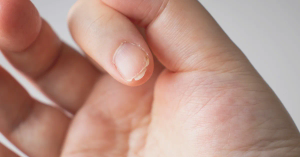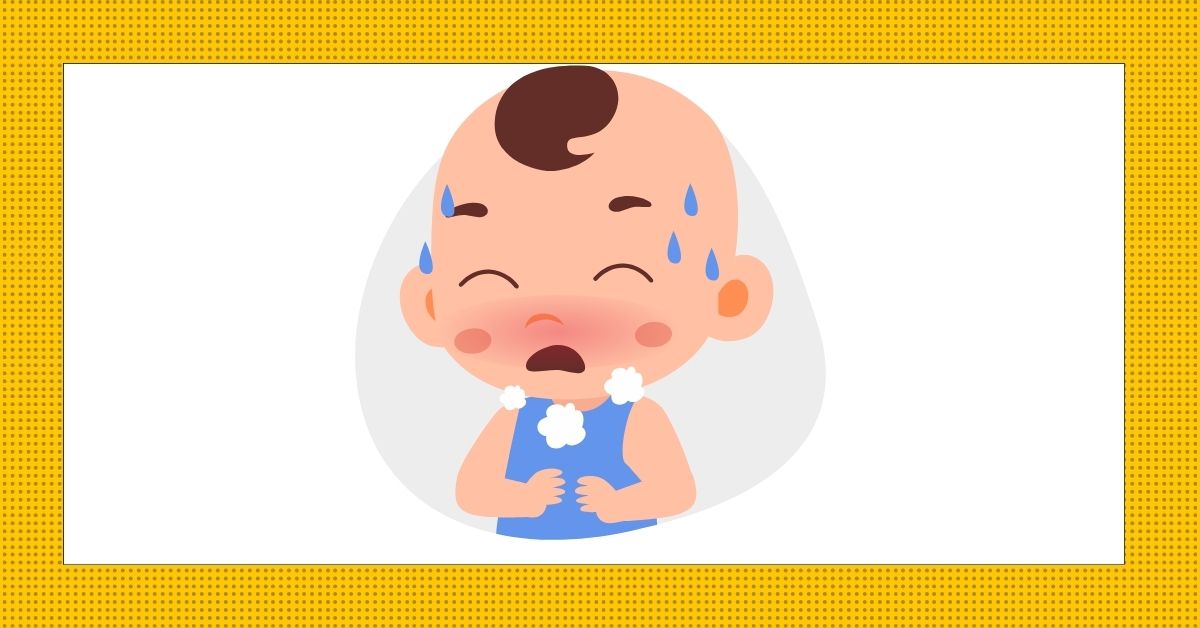Talon’s Cusp is a rare dental condition characterized by an extra tooth-like growth, usually on the back of a tooth, often affecting the incisors. This additional cusp can cause functional problems, such as difficulty with chewing, speech, and even dental decay due to improper cleaning. Identifying Talon’s Cusp early in children is essential for maintaining good oral health and avoiding complications. Understanding its causes and knowing when to see a dentist can make managing this condition easier for parents and caregivers.
What Is Talon’s Cusp?
Talon’s Cusp is a condition where an extra projection, or cusp, develops on the surface of a tooth, resembling the shape of an eagle’s talon, hence its name. This cusp usually appears on the back of the upper incisors but can sometimes be found on other teeth. It contains enamel, dentin, and in some cases, even a pulp chamber, making it structurally similar to a regular tooth.
Though Talon’s Cusp itself may not cause immediate discomfort, it can lead to issues like malocclusion (misaligned bite), tooth crowding, and increased risk of dental decay if it makes cleaning difficult.
Which Children Are Affected?
Talon’s Cusp is a rare anomaly but can occur in children from various ethnic backgrounds. It has been found to be more prevalent in populations of Asian, Native American, and Middle Eastern descent. The condition can be present in both primary (baby) and permanent teeth, though it is more common in the latter. While many cases are isolated, Talon’s Cusp can also be associated with certain genetic conditions, such as:
•Sturge-Weber syndrome
•Rubenstein-Taybi syndrome
•Ellis-van Creveld syndrome
In children without these conditions, Talon’s Cusp can still occur sporadically, without any clear underlying cause.
The Genetics Behind Talon’s Cusp
While the exact genetic mechanisms behind Talon’s Cusp are not fully understood, it is believed that certain developmental disruptions during tooth formation lead to the abnormal cusp growth. In cases associated with genetic syndromes like Rubenstein-Taybi, Talon’s Cusp may be one of several developmental anomalies, suggesting a genetic link. Variations in dental formation genes, particularly those involved in enamel and dentin development, may also play a role in isolated cases of Talon’s Cusp.
When to See a Dentist
It’s important to consult a pediatric dentist if you notice any unusual growths on your child’s teeth, particularly if a cusp is causing issues like difficulty with biting or chewing. A dentist can evaluate the condition and determine whether treatment is needed to avoid further complications, such as:
•Dental caries (tooth decay) due to difficulty cleaning around the extra cusp
•Misalignment of the teeth caused by uneven pressure during chewing
•Increased wear on surrounding teeth or soft tissue irritation from the cusp
Depending on the severity of the condition, the dentist may recommend grinding down the cusp, applying sealants to protect it, or in some cases, extraction if it significantly interferes with dental function.
Conclusion
Talon’s Cusp is a rare but manageable dental condition in children. Early detection and proper dental care are essential for preventing complications such as decay, misalignment, or tooth damage. If you suspect your child has Talon’s Cusp, visiting a pediatric dentist can ensure the condition is properly diagnosed and treated. By staying proactive, you can help your child maintain a healthy, functional smile as they grow.








